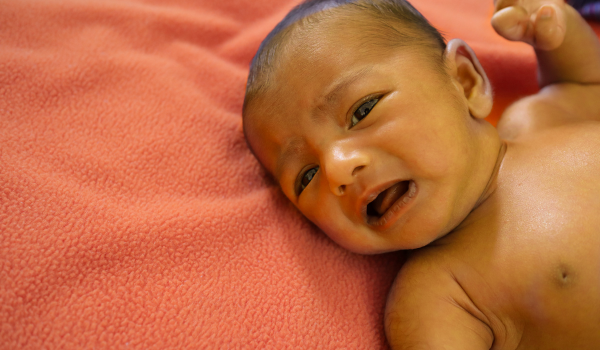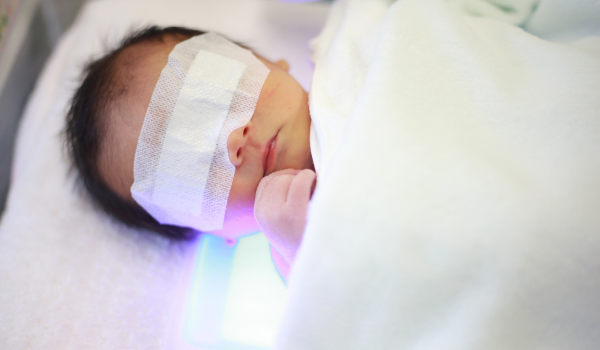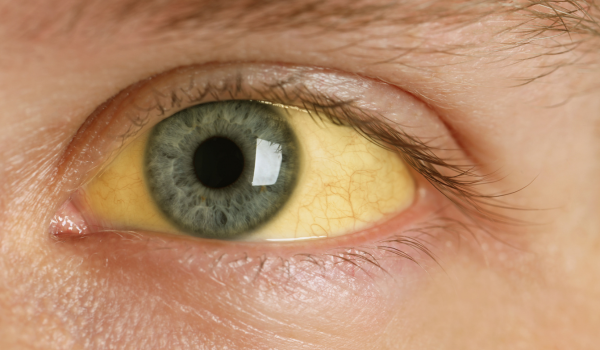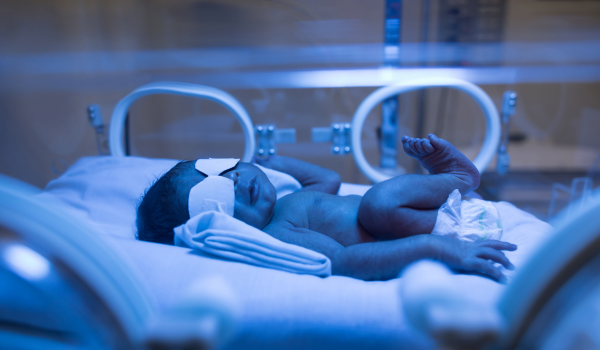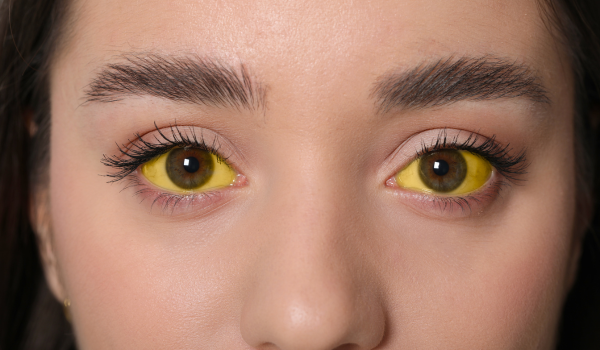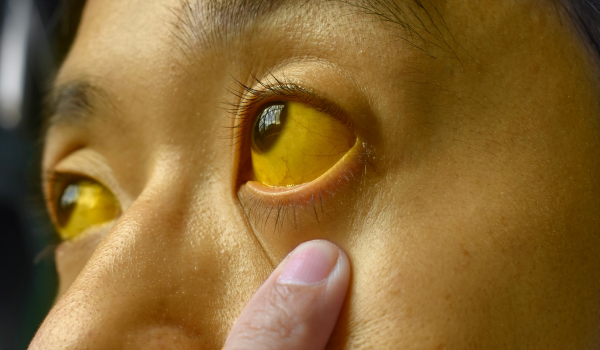
Jaundice — the yellowing of the skin, eyes, and mucous membranes — is a visible sign of elevated bilirubin levels in the blood. While the yellow hue can be obvious to the naked eye, determining the exact cause of jaundice requires a systematic medical approach. Accurate diagnosis helps ensure the underlying condition is treated promptly and effectively.
Below, we explore the main steps, tests, and examinations used by healthcare providers to diagnose jaundice.
Initial Medical History
Before any tests are ordered, a healthcare provider begins with a detailed medical history. This step helps to identify possible causes and narrow down which diagnostic tools to use.
Key elements of history-taking include:
-
Onset of symptoms – Did jaundice appear suddenly or gradually?
-
Associated symptoms – Fever, abdominal pain, itching, weight loss, or fatigue.
-
Recent travel history – Important for detecting hepatitis infections or tropical diseases.
-
Medication use – Some drugs can cause liver injury or cholestasis.
-
Alcohol consumption – Chronic alcohol use may lead to liver damage.
-
Past medical conditions – Such as gallstones, hepatitis, or hemolytic anemia.
A thorough history can sometimes suggest a probable cause before any laboratory work begins.
Physical Examination
Next, the doctor performs a complete physical exam. The examination focuses on:
-
Skin and eyes – To confirm the presence and extent of yellow discoloration.
-
Abdominal palpation – Checking for enlarged liver or spleen.
-
Signs of chronic liver disease – Such as spider angiomas, fluid in the abdomen (ascites), or muscle wasting.
-
Lymph nodes – Swelling may suggest certain cancers or infections.
Physical clues often point to whether jaundice is pre-hepatic, hepatic, or post-hepatic in origin.
Blood Tests
Blood work is central to jaundice diagnosis. Common blood tests include:
Bilirubin Levels
-
Total bilirubin – Measures overall bilirubin in the blood.
-
Direct (conjugated) bilirubin – Indicates processed bilirubin from the liver.
-
Indirect (unconjugated) bilirubin – Suggests pre-liver issues like red blood cell breakdown.
Liver Function Tests (LFTs)
These measure enzymes and proteins produced by the liver:
-
ALT (alanine aminotransferase) – Elevated in liver injury.
-
AST (aspartate aminotransferase) – Also rises with liver inflammation.
-
ALP (alkaline phosphatase) – Often high in bile duct obstruction.
-
GGT (gamma-glutamyl transferase) – Helps confirm biliary problems.
-
Albumin & Prothrombin time – Assess liver’s ability to produce proteins and clotting factors.
Complete Blood Count (CBC)
A CBC can detect anemia, infection, or abnormal white cell counts linked to underlying disease.
Urinalysis
Urine tests help determine whether bilirubin is being excreted abnormally.
-
Dark urine – Often contains conjugated bilirubin, pointing toward liver or bile duct disease.
-
Urobilinogen levels – High levels may indicate hemolysis, while low levels suggest bile duct blockage.
Urinalysis is quick, non-invasive, and often used alongside blood tests for confirmation.
Imaging Tests
Imaging helps visualize the liver, gallbladder, bile ducts, and pancreas to detect structural problems.
Ultrasound
-
First-line imaging for jaundice.
-
Detects gallstones, bile duct dilatation, liver masses, or tumors.
CT Scan (Computed Tomography)
-
Offers detailed cross-sectional images.
-
Useful for detecting tumors, abscesses, or inflammation.
MRI & MRCP (Magnetic Resonance Cholangiopancreatography)
-
Provides detailed views of bile ducts without invasive procedures.
-
Detects strictures, stones, or cancers affecting the bile ducts.
Hepatitis Panel
Since hepatitis is a common cause of jaundice, a viral hepatitis panel is often ordered. This test checks for antibodies or antigens of:
-
Hepatitis A virus (HAV)
-
Hepatitis B virus (HBV)
-
Hepatitis C virus (HCV)
-
Other less common hepatitis viruses when indicated.
These results can confirm active or past infections.
Hemolysis Tests
If pre-hepatic jaundice is suspected due to increased red blood cell breakdown, hemolysis tests are performed:
-
LDH (lactate dehydrogenase) – Elevated in red blood cell destruction.
-
Haptoglobin levels – Low in hemolysis.
-
Reticulocyte count – High count suggests increased RBC production to replace destroyed cells.
Endoscopic Procedures
When bile duct obstruction is suspected, endoscopic procedures may be necessary:
ERCP (Endoscopic Retrograde Cholangiopancreatography)
-
Combines endoscopy and X-rays.
-
Can both diagnose and treat blockages (e.g., remove gallstones).
Endoscopic Ultrasound (EUS)
-
Uses an endoscope with an ultrasound probe for detailed views of the pancreas and bile ducts.
Liver Biopsy
A liver biopsy may be ordered if liver disease is suspected but not fully confirmed by other tests.
-
Involves removing a small sample of liver tissue.
-
Examined under a microscope to detect inflammation, fibrosis, fatty deposits, or cancer cells.
This is often a last step after non-invasive tests.
Specialized Genetic and Metabolic Tests
For unexplained jaundice, especially in younger patients, doctors may order:
-
Genetic testing – For conditions like Gilbert’s syndrome or Crigler–Najjar syndrome.
-
Metabolic tests – To detect rare enzyme deficiencies affecting bilirubin metabolism.
Putting It All Together
Diagnosing jaundice is rarely about a single test — it’s a combination of history, physical examination, lab work, imaging, and sometimes invasive procedures. The goal is to:
-
Confirm jaundice is due to elevated bilirubin.
-
Identify whether the problem is pre-hepatic, hepatic, or post-hepatic.
-
Pinpoint the exact cause for targeted treatment.
Early and accurate diagnosis is crucial because jaundice can be a sign of life-threatening conditions like acute hepatitis, bile duct cancer, or severe hemolysis.
